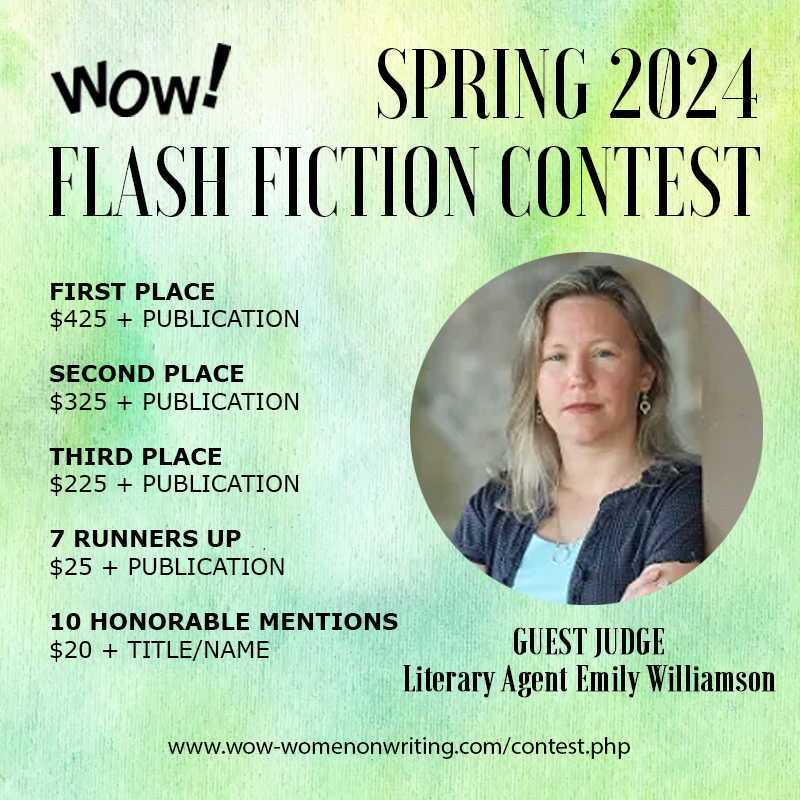
“What’s a hidden problem?” he asked.
I’m an English teacher, and most math is way over my head, but this one I understood.
“It’s the unspoken problem. The one you have to solve before you can finish solving the main problem.”
For example: Mary bought seven t-shirts for $4.00 each. She had to pay $2.45 in sales tax, and received $3.00 back in change. How much money did she give the cashier?
The hidden problem is how much money she owed to begin with, which you must figure out before you can reach the final answer.
This got me thinking about writing. Even though I wouldn’t normally equate writing with math problems, they are similar in this regard. Your main character will face the main conflict – sure. But is that enough to make a great story?
The simple answer is no.
New writers often leave out hidden problems. Their main character faces a problem, and spends the entire book trying to solve that one issue. What new writers overlook are all the other problems that should arise as a result. It’s rare that a human being can solve a major problem in one fell swoop. They must chip away at other conflicts and hurdles before they can reach their main goal.
There are many ways to incorporate “hidden” problems in your story. Start by writing the main conflict at the top of a piece of paper. Below, brainstorm like crazy, thinking of all the possible obstacles that your protagonist might have to face to solve the main conflict. Ask your friends or family for ideas as well if you get stuck. Be as creative as possible to keep you reader guessing.
Once you have a list, you can create a timeline. This helps as a map for your story, and allows you to play with different hidden problems. Some may be obvious to the reader. Others may remain hidden at first and then present themselves later in the book. This is a great opportunity, too, to ensure that you are forwarding the plot effectively. Each hidden problem should play a crucial role in helping your protagonist face the inevitable main conflict.
It’s not often that I speak fondly of math, but whoever created complex word problems involving hidden problems may have been on to something.
Do you have any strategies for layering hidden problems in your stories? I’d love to hear them!
 Bethany Masone Harar is an author, teacher, and blogger, who does her best to turn reluctant readers into voracious, book-reading nerds. Check out her blog here and her website here.
Bethany Masone Harar is an author, teacher, and blogger, who does her best to turn reluctant readers into voracious, book-reading nerds. Check out her blog here and her website here.












4 comments:
Beth--
Horrors! Math is a good thing? Say it isn't so. ;)
Thanks for this post. It's a much-needed reminder for anyone who's writing a novel or a lengthy short story.
I try to get my students to ask themselves, "What if?" at different points in their story (when doing NaNoWriMo, for example). However, I love your suggestion to write the main conflict and then the sub-conflicts to begin the writing process. This will certainly appeal to many writers and student-writers.
I was thinking subplots...subplots...during this post. I often tell writers I talk to about writing a novel that they need interesting subplots to round out the novel. I think studying mentor texts, like Sue always suggests, would be helpful here too--to see how they do it.
Mary is pretty weird if she gave the cashier $33.45. Why wouldn't she just give her $31 if she had dollars? ;)
The hidden problem in writing is trying to write hidden problems in a story.
This post is great food for thought, Beth! :) I'm not writing fiction right now, but I often find when writing essays that there are problems, like trying to connect random ideas together to make for a stronger statement. If you imagine one idea/problem that may seem like just a random idea and then try to logically connect it to your main problem or story (create a hypothesis like a geometry problem), I think that's where the most creative ideas come from.
I love the idea of the hidden problem, and will think about that when I'm editing my (still unpublished) novel! Thanks for sharing this!
Post a Comment